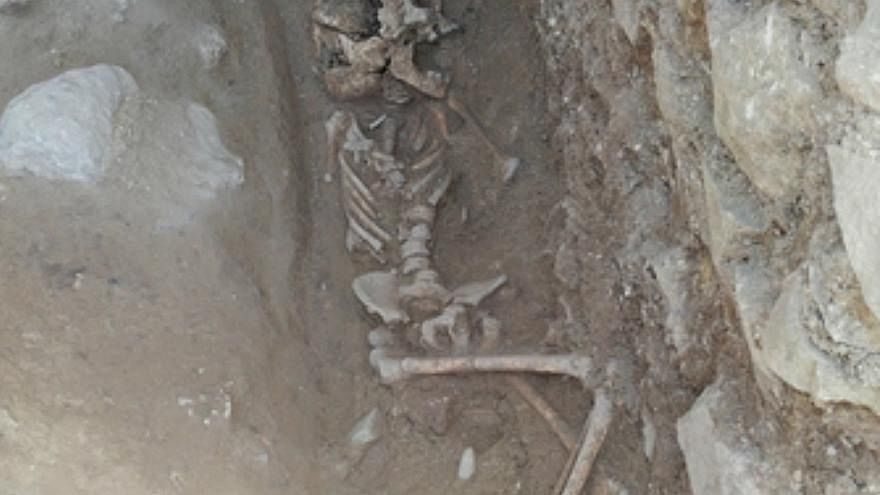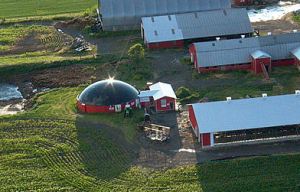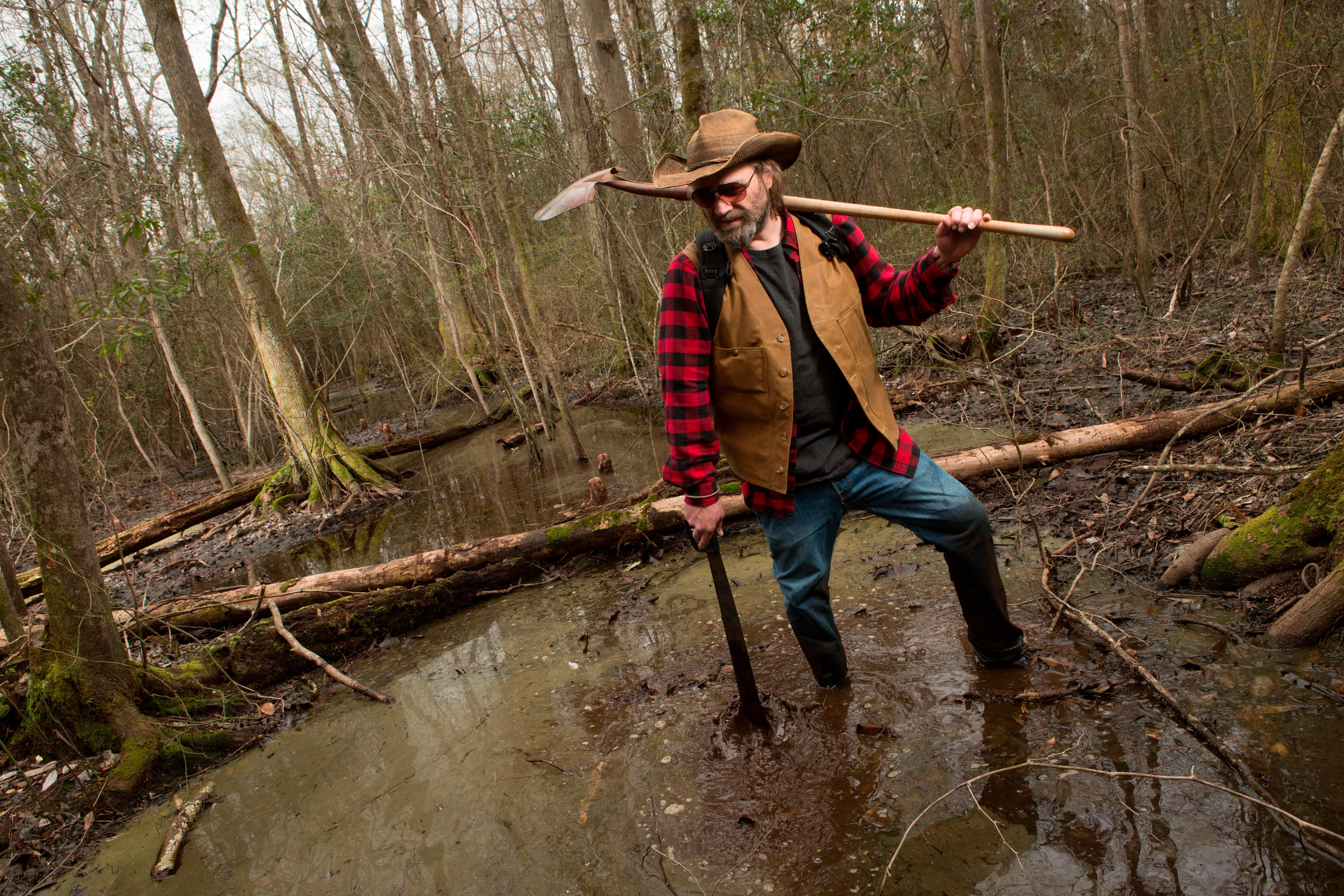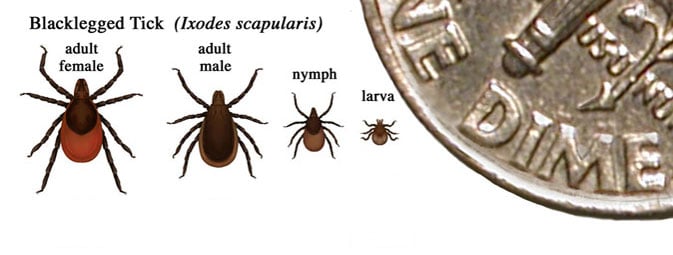Dieting Conscientiously
"It appears that Canadians are still somewhat attached to meat consumption generally speaking. But more and more Canadians are reconsidering their relationship with animal-based protein."
"[Men with less education more likely to agree] I am a big fan of meat in general. Eating meat is a manly thing, let's face it. It's always been portrayed as a manly thing to do."
"[Overall] If you earn more, if you are a woman, if you are more educated, you are less likely to be attached to meat. [As such, society is experiencing] the womanization of protein consumption."
"Last week in my MBA class I had Sobeys CEO [and president] Michael Medline and seven of his top executives. Three of them were women. The influence of women in the industry is becoming more and more apparent."
Sylvain Charlebois, professor, food distribution and policy, Dalhousie University, Halifax
 |
| Three-quarters of Canadians surveyed strongly or somewhat agree that, as humans, it is natural to eat meat. |
"The younger generation is not so interested in the health but the humanitarian approach to the way we're feeding ourselves."A new survey has just released its results on Canadians' attitudes toward meat consumption in the daily diet of the nation. Once taken for granted that at least one meal of the day would be built around meat as the main course with a few vegetables thrown in for colour and the grudging nod at good health choices, Canadians appear increasingly to turn their faces away from constant meat meals seeking out protein substitutes instead. Vegetables may be shown by science to indicate pain when they're harvested, but it is the suffering of the animal kingdom in service to the appetite of humans that has convinced more people increasingly, to forgo meat, either in part or totally.
"You don't mind a cow in the green field with the blue sky above and the tree and the sun -- what every kindergarten kid draws."
"But when you come to a mechanized abattoir, that's not such fun. There's no blue sky, no happy, prancing [cattle]. And I think that's a big grassroots change among the young."
"No one has said ‘eat more beef and grow strong’, which is what they said in the 1930s. No one is saying that anymore."
Dr. David Jenkins, nutrition scientist, University of Toronto
The survey points out that 6.4 million Canadians have undertaken personal restrictions in their diet or have taken the initiative to eliminate meat entirely from their meals. A third of the population has future plans to do likewise. Three-quarters of those surveyed strongly or somewhat agreed that "as humans, it is natural to eat meat"; furthermore, that the consumption of meat represents "a natural and balanced diet". The principal investigator, Sylvain Charlebois, notes the traditional Canadian attachment to animal protein, but notes also that the tradition is beginning to give way.
Early in the year, Health Canada which is preparing to bring out the latest edition of its food guide this coming month, had urged a generalized move to a "high proportion" of plant-based foods on the dinner plate, abstaining from excluding animal-based protein entirely. The new food guide, however is expected to take leave from its omnivore position in its "guiding principles", leaning more toward veganism. A move that will puzzle and even infuriate many, while giving a modicum of satisfaction to many others in what is seen as a cultural "protein war" situation.
In the preliminary version encouragement is given to replacing foods containing mostly saturated fat with foods known to contain unsaturated fats (nuts, seeds, avocados); leaving dairy and red meat, the primary sources of saturated fat, behind. Canada is not alone in its move toward replacing animal protein with protein from plant sources. But until the release of the new food guide by Health Canada it isn't known just how much the dairy and ranch industries will be affected, though they have been busy with push-back in anticipation of a reduction in choice of their products.
Researchers attached to the study surveyed 1,027 adults in September over a three-day period, with the involvement of principals at the University of Guelph. Close to half of those surveyed claimed they consume meat or meat-containing products daily, while 40 percent said once or twice weekly suffices their meat consumption need. Another two percent labelled themselves vegetarians, and one percent vegans (no animal-based products), while another one percent claimed lacto-ovo vegetarian status (no animal flesh; eggs and milk permitted).
Fifty-one percent stated their willingness to consider reducing meat in their diet at some future date. Women, perhaps predictably, were most likelier than men to agree that in their opinion meat can be replaced with other protein sources. As it is, Canadians have reduced meat intake since 2004 to the point where in Canada today, consumption levels match those of Mediterranean countries "places where diets are widely recognized as being amongst the healthiest worldwide", noted Marie-France Mackinnon of the Canadian Meat Council.
Among the survey’s other findings:
• 63 per cent of vegans are under age 38 (millennials and Gen Ys);
• 42 per cent of “flexitarians” (flexible vegetarianism, with the odd serving of meat) are boomers;
• Younger and more educated are less likely to love meat;
• Few consider insects an appealing alternative to meat, although Atlantic Canadians and Quebecers seem more open to eating bugs.
 |
| Loma Linda University, Vegetarian Food Pyramid |
Labels: Canada, Diet, Food Guide, Health, Health Canada, Protein, Research
/arc-anglerfish-tgam-prod-tgam.s3.amazonaws.com/public/XZREZNUODBC35GNWBGBJPDGEK4.JPG)




















:focal(2763x2302:2764x2303)/https://public-media.smithsonianmag.com/filer/51/ee/51ee3608-6f5a-41a9-93d5-3b7d126f6bc2/sep2016_b04_greatdismalswamp.jpg)



